Hire A Chef
For the past 11 years we have helped our clients hire quality chefs & culinary positions. Please complete and submit the form below to begin your search for an excellent chef.

We’ve had a great experience with this search firm. Their ability to develop relationships and pinpoint top talent is a real value-add for our organization.

Brian W, SVP
Westgate Resorts
Hire A Salaried Chef
Complete & Submit This Form to Get Started
Hire A Salaried Chef
Complete & Submit This Form to Get Started
Companies that trust RestaurantZone with their Hiring
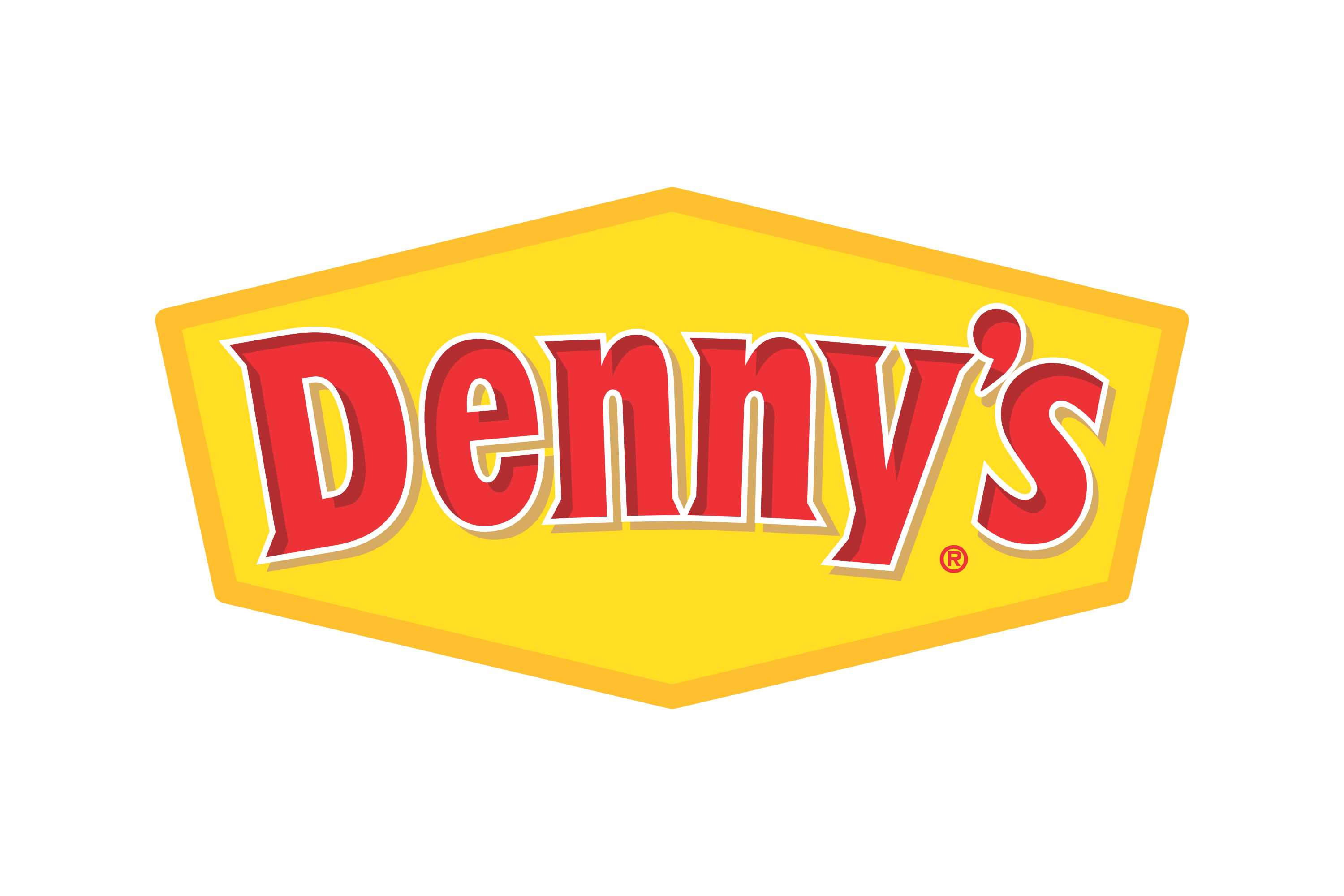
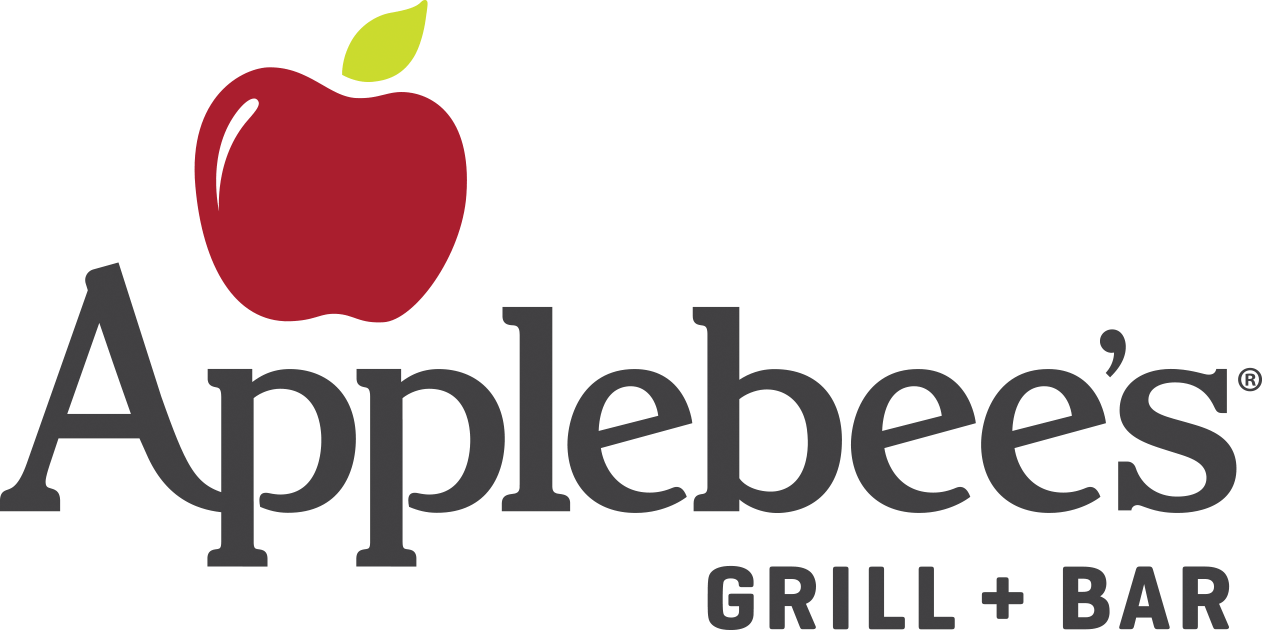
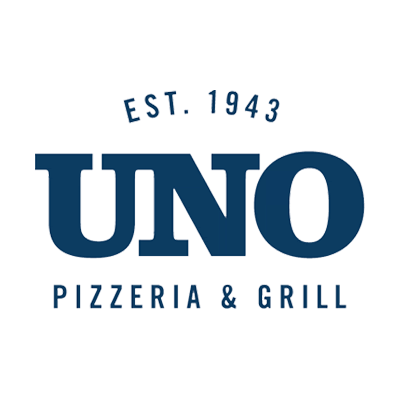
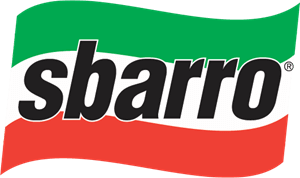





Find the Perfect Chef with Ease | Culinary Recruiting Services
Hiring the right chef doesn’t have to be overwhelming. As demand for skilled chefs continues to surge, the competition to find top culinary talent is growing. However, your search can be simple and efficient. With access to our extensive database of over two million active candidates, finding the ideal chef for your restaurant or culinary business is as easy as filling out a form—with expert guidance from our senior recruiting team.
Our Chef Recruitment Services streamline the process by screening candidates that meet your exact requirements. Whether you need an executive chef, sous chef, or a specialized culinary leader, we identify candidates with the right qualifications, experience, and leadership skills. Thanks to our services, you’ll receive a curated selection of top-tier chefs directly in your inbox, ready to elevate your kitchen.
Let our Executive Chef Staffing Services, a key part of our Restaurant Staffing Solutions, simplify your next hire. We’re here to help you build a talented culinary team, ensuring you find the perfect fit every time.
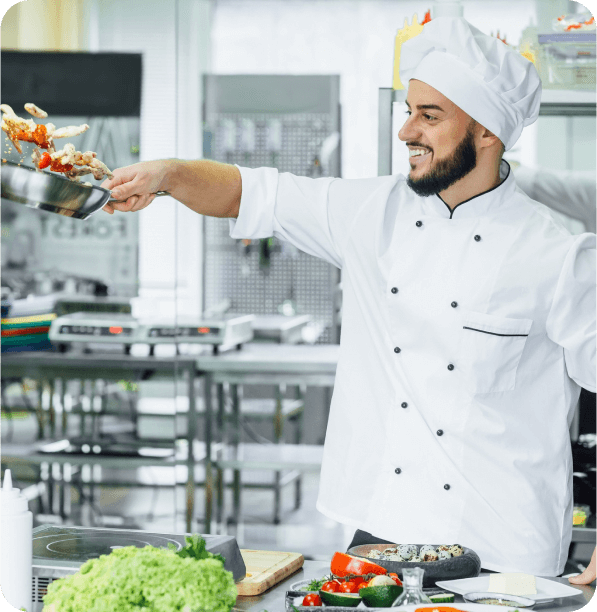
Why do RZ clients enjoy a 98% Success rate? We're picky.
Every potential chef candidate goes through a rigorous 20-point screening process which includes:
Professional Experience: This includes cuisine specialties, restaurant styles, and roles held.
Culinary Skills: A chef's talent in a specialized culinary area are often critical when clients' restaurants have a specific concept or focus.
Creative Vision: The ability to create unique, innovative dishes have made our clients' restaurants stand apart in their markets.
Business Acumen: Chefs who know how to balance their creativity with costs can be instrumental in growing clients' bottom lines.
Leadership and Management Skills: To make it to a client's inbox, chef must have leadership skills needed to manage a high-performing kitchen.
Culinary Training & Qualifications: Reputable certification or apprenticeship is essential in verifying the chef's technical capabilities.
How to End Staffing Headaches
When our hospitality staffing experts work on your behalf, building a team that lasts is simple.

Schedule A Call
Speak to one of our industry experts about your needs.

Get Great Talent
We’ll find and screen candidates so you interview only the best fits.

Experience Extraordinary
Delight guests with a team that grows with your business.



